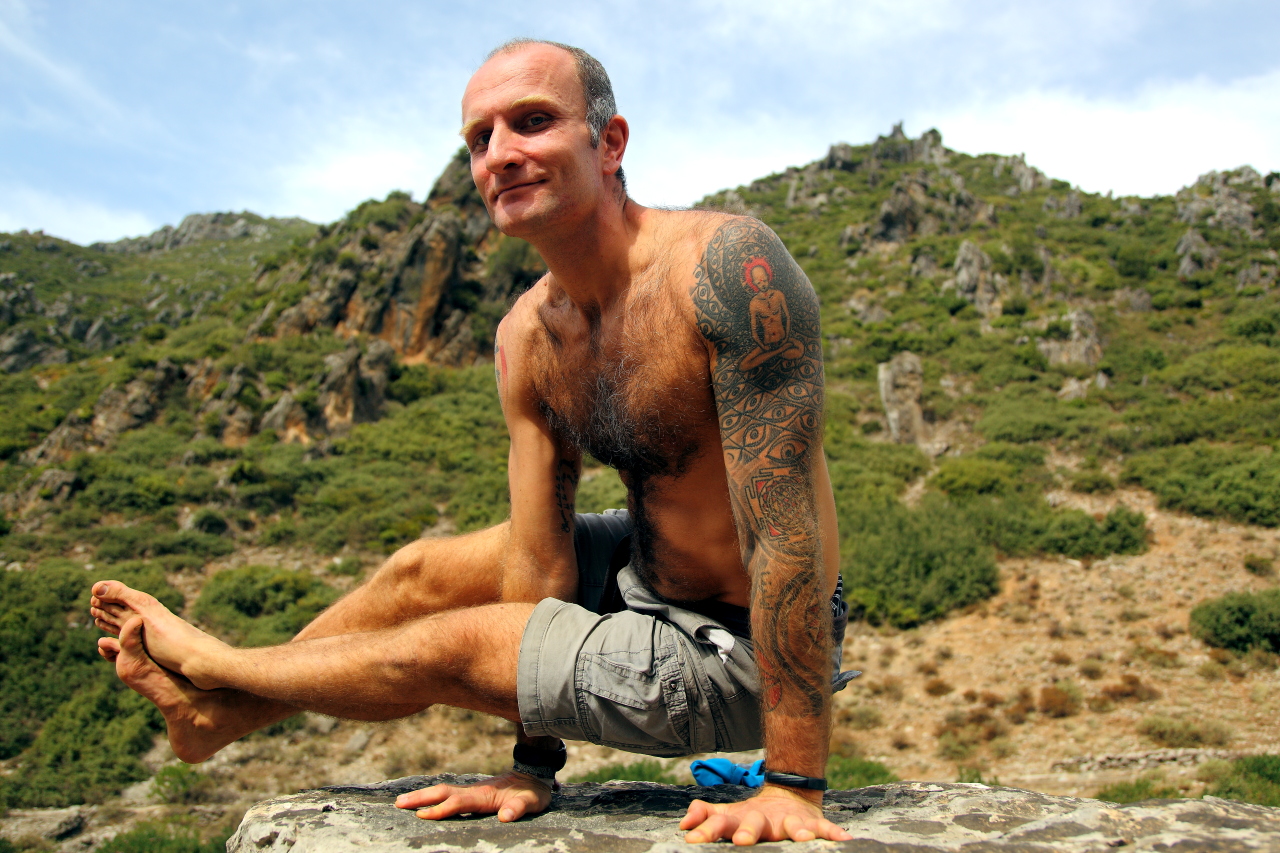The 8 limbs – part III
Now the things are getting serious! We've dealt with the bahiranga sadhana, the external practice... we learnt how to withdraw our senses inside ourselves, now you're facing the antaranga sadhana, the internal practice... here you'll deeply work with/on your mind, here the results won't be just better posture or more energy but real calmness in every condition, full concentration, clarity of mind and stuff like that... Dharana is the sixth step of patanjali's ashtanga system. Dharana means concentration, concentration is the ability to focus your mind on something. In general terms do you consider the ability to focus important in













